We use cookies to make your experience better. To comply with the new e-Privacy directive, we need to ask for your consent to set the cookies. Learn more.
Tips to create a gravel garden
Many associate gravel gardens with alpine rock gardens that feature gravel, harsh rocks and hardy plants. Some associate gravel gardens with Japanese Zen gardens that incorporate small and smooth stones, plants and water features. However, gravel gardens are different and do not let the name fool you, gravel gardens are much more beautiful than they sound.
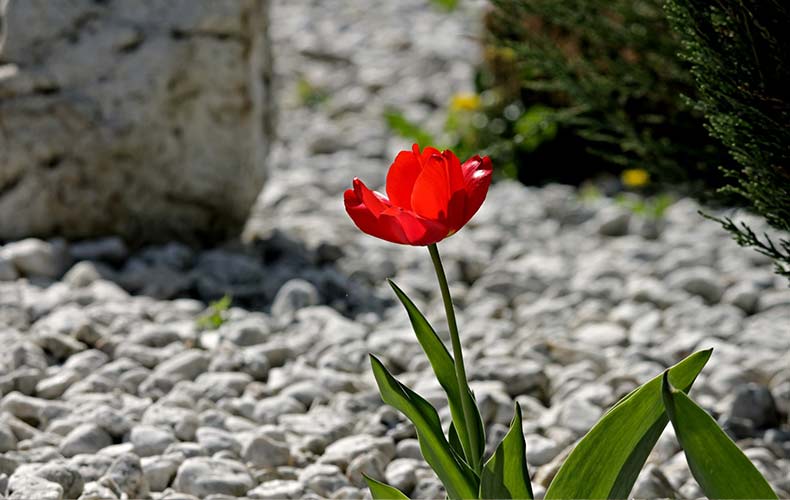

Jeff Epping, the director of horticulture at Olbrich Botanical Gardens, shared with The New York Times that he is not a fan of the name “gravel garden” as it does not translate to a beautiful and exceptionally resilient space. He believes that the name does not “conjure the look of what’s possible”.
Not only this but he explained that in the same way rock gardens are not all about the rocks, gravel is not the main character of gravel gardens. “Rather, it plays the essential supporting role. The plants — in his case, mostly native grasses and flowering perennials evocative of natural prairie plant communities — do the showing off.” So, for those looking to ditch the lawn, how would you go about creating a gravel garden?
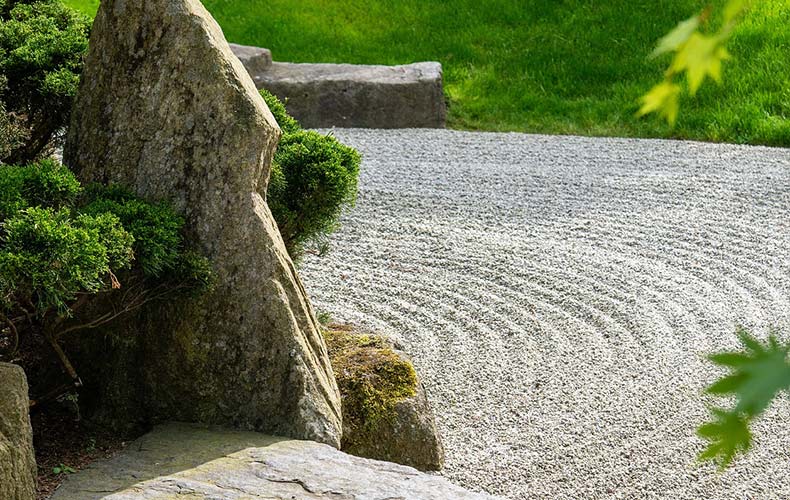

1. A good soil foundation.
A soil foundation with good soil drainage is essential for a gravel garden. The top soil layer will have to be removed to make room for around four inches of gravel. By having a deep gravel layer, weeds will be discouraged from growing and runoff will be minimised.
What to put under gravel in garden?
Even though most gravel gardens use gravel directly on top of the soil, some gardeners might need a base layer. Better Homes & Gardens recommends gardeners in rainier regions to “use a base layer of landscape cloth to keep the gravel out of the mud.” Landscape cloth, also known as geotextile membrane or Terram membrane, is used for separation, filtration and reinforcement purposes.
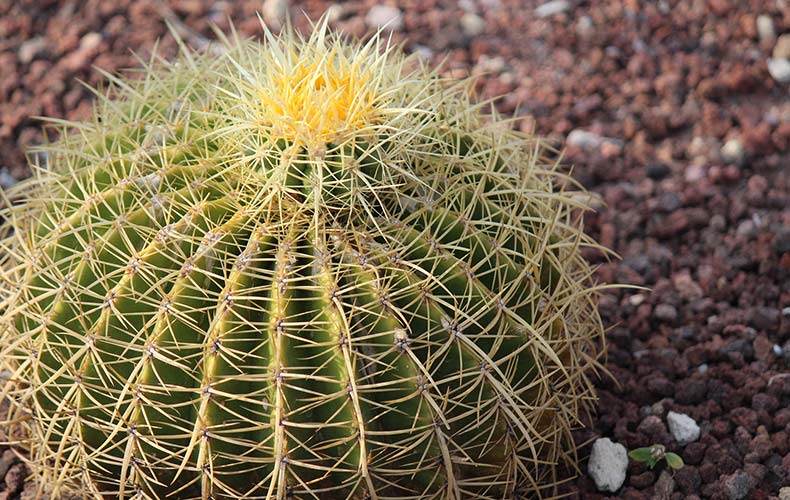

2. Choosing the right gravel.
Gravel is available in various colours, sizes and shapes. You might want to match the gravel colour to the rest of your outdoor features or you might want to choose different coloured gravel to complement your outdoor area. Choosing the right decorative gravel will come down to personal preference.
Where to buy garden gravel?
Purchase a large selection of gravel for any landscape and/or building applications at Mainland Aggregates. Some of our best-selling decorative gravel includes 20mm Gravel, 20mm Staffordshire Pink Gravel, 10mm Gravel, 20mm Trent Gravel and 10mm Staffordshire Pink Gravel. Explore our full range of gravel to discover the best aggregates for your garden.
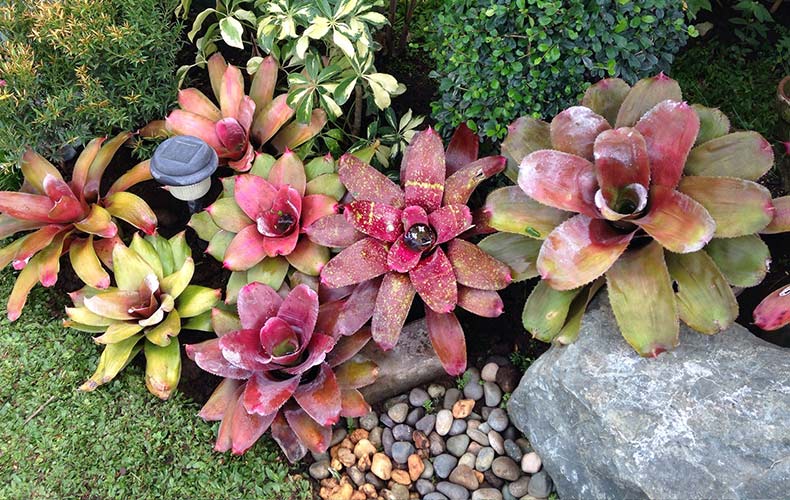

3. Picking drought-tolerant plants.
Drought-tolerant plants and prairie plants are the best choices for gravel gardens. You should choose plants with deep roots as these will have to reach down through the gravel layer to access the soil at the bottom. It is a good idea to choose native plants to your area as these will already be adapted to the environment.
1. Make a maintenance plan.
Even though gravel gardens are low maintenance, these are not completely zero maintenance. If you opted for prairie plants, these can thrive on very little water, so you might not need to water your garden and simply allow for rain to fall. Plus, as gravel helps to prevent weed seeds from sprouting, you will no longer have to pull weeds (at least, you will not have to do this as much as before).
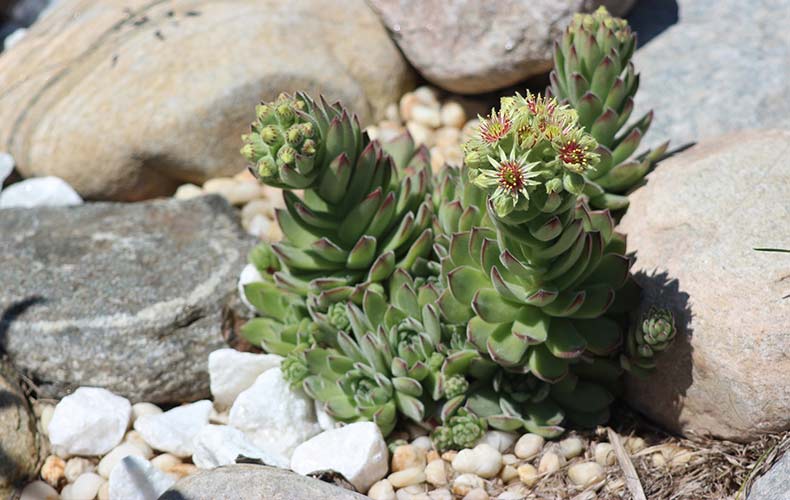

However, you will need to at least do an annual clean-up. Either a late winter or early spring will be required for gravel gardens to maintain their appearance. You will most likely have to clean up debris and prune some of your plants. Every few years, you might have to replenish gravel mulch in areas that are looking thinner and get more traffic.
